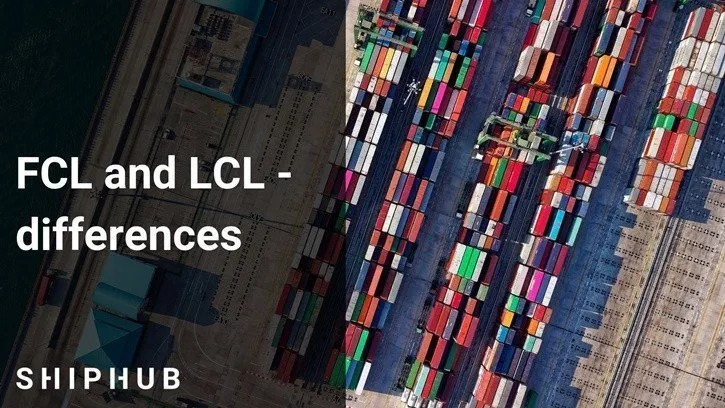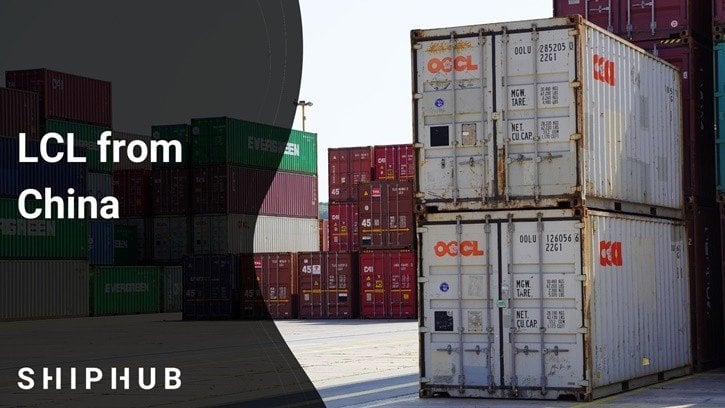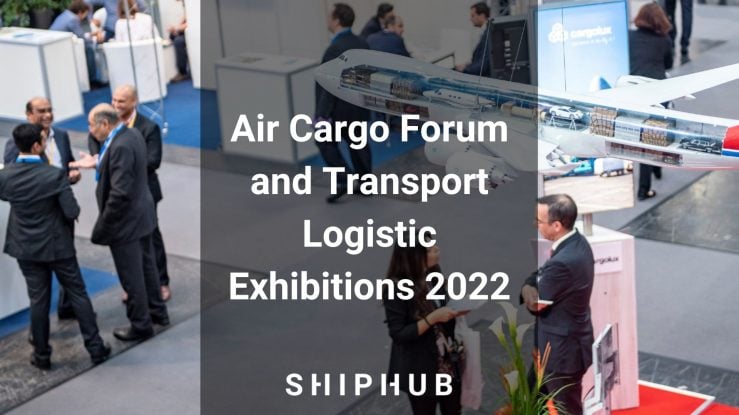Many companies conducting international trade have a dilemma about what type of sea or rail transport is best for moving goods. When sending our products by sea, for example, from China or by rail to European countries, we have to consider choosing between FCL and LCL. Taking into account the volume, weight, and quantity of goods, we can choose the best form of our product: full container or groupage.
What are the differences between FCL and LCL?
When we import products from China or any other country by sea, however, we must be aware of the waiting period. We will probably receive the cargo no earlier than 30 days after the ship departs the port. The ‘award’ is a much lower price for sea freight than air freight.
The choice between FCL and LCL often depends not only on the size of the load but also on the wealth of the enterprise sending it. Many transport companies carry out door-to-door or port-to-port container transport and also organize containers for loading in places indicated by the customer.
What does FCL mean?
FCL (Full Container Load) stands for full container transport. Larger companies chose this transport option. We talk about this rule when the whole container is used only by one shipper. What is more, it is a good choice if we carry larger loads, which are often undersized. In this case, we rent a container regardless of whether we use its entire surface or capacity.
What does LCL mean?
The LCL (Less Container Load), referred to as general cargo, means the transport of smaller goods in a smaller quantity. We use only part of the container here, sharing the space with shipments owned by other companies. Entrepreneurs implementing smaller imports more often choose it.
We choose this option when, for example, we buy small batches of goods at different times and places. Usually, it’s used in transport not exceeding 12 tons. Furthermore, the costs of such freight depend on weight and volume. The port for this type of transportation is a consolidation warehouse, which is responsible for loading loads for various recipients and then sending the container to the destination port. The waiting period is about two weeks longer than in the case of FCL.
Types of container
When it comes to the selection of containers, we have many options with different volumes. We present a few examples:
- universal containers of general purpose (dry containers)
- universal containers with increased height (high cube dry containers)
- open top containers
- containers with open roofs and sides (flat rack containers)
- refrigeration (reefer containers)
- platform container
- garment containers for garments (garments on hangers container)
More about containers
Containers are selected for the volume and weight of loading. Many companies sell batches of goods that fit into a container. All transports can be planned for a long time before their implementation because freighters sail according to strict distribution. These ships call only to the largest ports for each continent, and then they are reloaded to smaller ships, sailing further.





